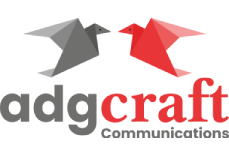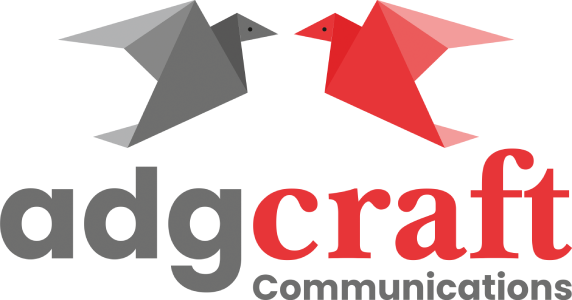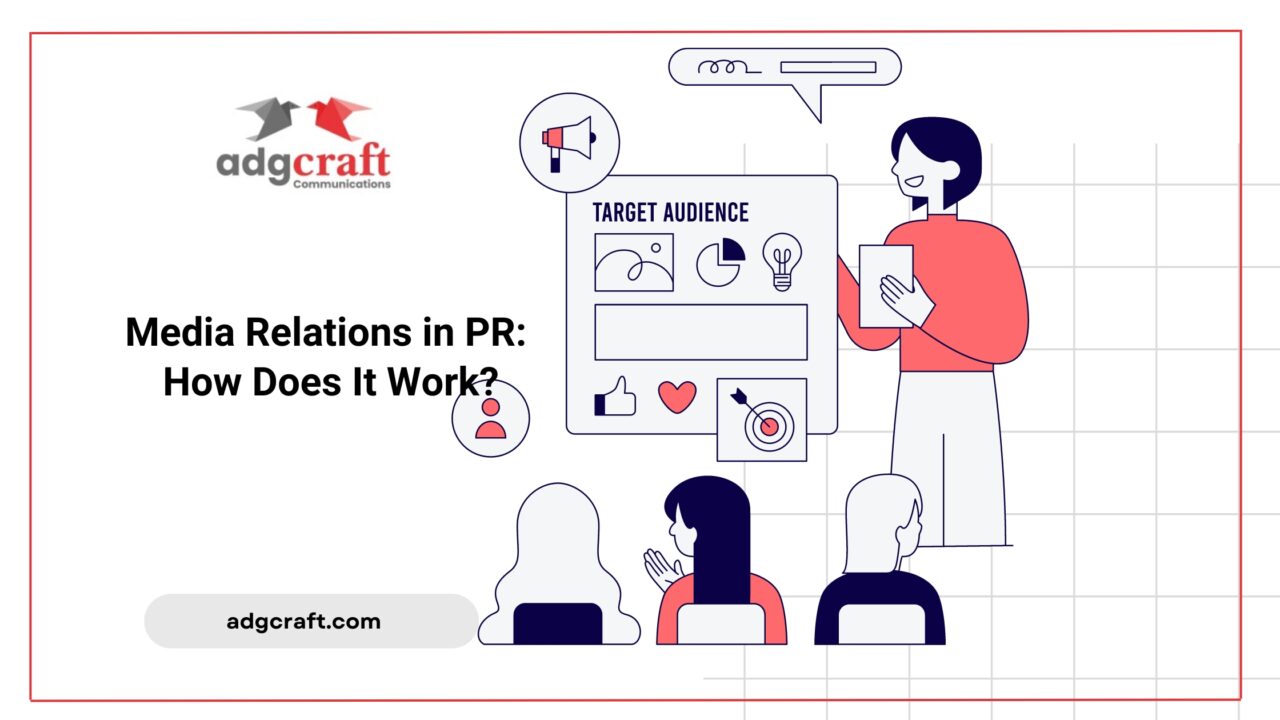In the ever-evolving landscape of public relations (PR), establishing and maintaining strong media relations is a crucial aspect. Media relations in PR involve building and managing relationships between an organization and various media outlets such as newspapers, magazines, television, radio, blogs, and social media platforms. The goal is to effectively communicate the organization’s message to the public through these channels. Let’s delve into the intricacies of media relations in PR, its significance, and how it operates.
Understanding Media Relations in PR
Media relations in PR focus on developing and nurturing positive relationships with journalists, editors, producers, and influencers. The ultimate aim is to ensure that the organization’s key messages and narratives are accurately conveyed to the target audience through media channels. It’s about providing the right information at the right time to the right people in the media to create a positive image of the particular brand or person.
Significance of Media Relations in PR
Given the concise nature of the definition provided, establishing and nurturing relationships should prove to be a rather uncomplicated and manageable task. Utilizing the media serves as a highly effective means for brands to garner exposure and visibility for their narratives. Achieving coverage of your stories by a journalist results in gaining access to the extensive audience of that particular news outlet. This holds significant importance for the below-stated reasons.
1. Visibility and Credibility: Positive media coverage enhances an organization’s visibility and credibility. When reputable media outlets cover a story, it lends credibility and trust to the information shared.
2. Influence Public Opinion: Media has the power to shape public opinion. Through media relations, PR professionals can influence how a brand or organization is perceived by the public.
3. Crisis Management: Effective media relations play a pivotal role in crisis management. During challenging times, having a strong relationship with the media helps in managing the narrative and swiftly addressing concerns.
4. Brand Awareness and Engagement: Media coverage helps in creating brand awareness and engaging with the target audience. It allows the organization to reach a broader audience and build a loyal following.
5. Partnerships and Collaborations: Media relations can pave the way for partnerships and collaborations with other organizations, influencers, or industry experts, leading to mutually beneficial outcomes.
How Media Relations Operate in PR
Media relations in PR involve strategically engaging with journalists and media outlets to promote a brand’s stories and messages to a broader audience.
1. Research and Targeting: PR professionals start by researching and identifying the most relevant media outlets for their organization or campaign. They analyze the audience demographics, reach, and tone of each outlet to ensure alignment with their goals.
2. Crafting Compelling Stories: PR experts craft compelling and newsworthy stories that align with the organization’s objectives. These stories are designed to capture the attention of journalists and their respective audiences.
3. Media Outreach: Once the stories are prepared, PR professionals reach out to targeted media contacts, pitching the stories and offering interviews or additional information. Building and maintaining a media contact database is crucial for efficient outreach.
4. Relationship Building: Establishing relationships with journalists is an ongoing process. PR professionals need to nurture these relationships by understanding journalists’ preferences, providing timely and accurate information, and being a reliable source of news.
5. Press Releases and Media Events: PR professionals create and distribute press releases to announce new developments, events, initiatives, etc. They also organize press conferences, media briefings, or events to facilitate direct interactions between the organization and the media.
6. Media Monitoring and Measurement: After the story is published or broadcast, PR teams monitor media coverage using various tools. They analyze the impact and reach of the coverage to measure the success of their media relations efforts.
Best Practices in Media Relations
– Build Authentic Relationships: Focus on building genuine and mutually beneficial relationships with media professionals based on trust, respect, and reliability.
– Tailored Communication: Customize your communication to suit the preferences and needs of each journalist or media outlet. A one-size-fits-all approach rarely works in media relations.
– Transparency and Honesty: Always be honest and transparent with the media. Misleading or providing inaccurate information can negatively affect your organization’s credibility.
– Stay Updated: Keep abreast of current events, trends, and topics relevant to your industry. Offering insights and commentary on timely subjects can position your organization as a thought leader.
– Adaptability: PR professionals must be adaptable and ready to pivot their strategies based on media feedback, emerging trends, or changing circumstances.
In the rapidly evolving realm of public relations, effective media relations are the cornerstone of success. The art of engaging with journalists and media outlets strategically, ensuring your brand’s message reaches the right audience, demands thoughtful planning and a persistent, consistent effort. At Adgcraft Communications, we specialize in mastering this dynamic process, offering the expertise needed to elevate your brand’s narrative. Trust us to navigate the intricate landscape of media relations, and let’s craft a compelling story for your brand’s journey to success.



